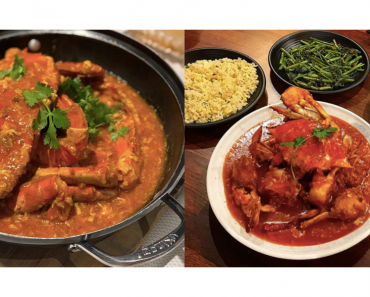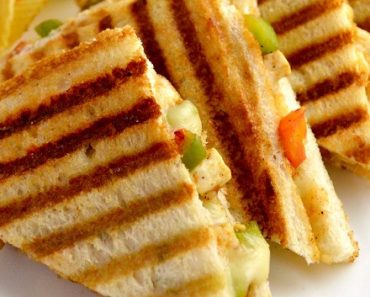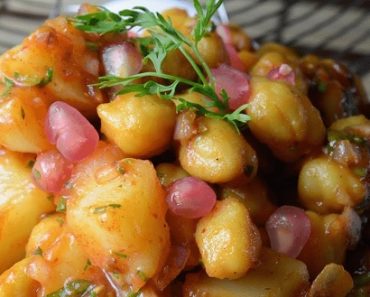Traditionally, steamed shrimp dumplings are made from shrimp, pork, and bamboo shoots. Today, the filling of just shrimp is more common.
The typical form should be a half-moon plump with at least seven-folds, but preferably 12 folds. A good har gow is juicy, with a thin, translucent skin that, when picked up with chopsticks, will not crack and will not stick together.
Har gow dumplings are smooth and clear. The steamed shrimp dumplings first appeared near the Creek Bazaar Deli in the suburbs of Guangzhou.
Har Gow: Steamed Shrimp Dumplings
- Author: Romae Chanice Marquez
- Recipe Category: Snacks / Appetizer
- Cuisine: Chinese
The har gow filling is typically simple. The most simple being shrimp and pork fat, with the occasional bamboo shoot or scallion thrown in for fancy versions. It must not stick to the sheet or bowl. It is important to cook the shrimp well, but also to not overcook them. The whole preparation and cooking time is for 1 hour and 30 minutes. This recipe will create at least 30 dumplings.
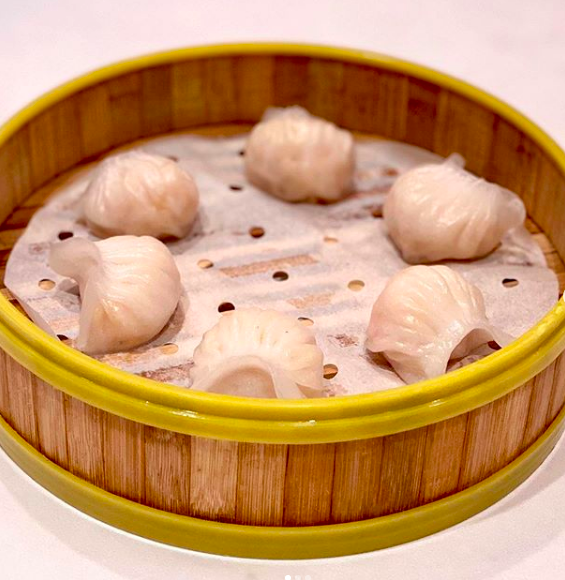
The skin must be thin and transparent, but when picked up with chopsticks, it must be solid enough not to crack. Photo credits: @lineatstheworld / Instagram.com
Har Gow: Steamed Shrimp Dumpling Ingredients
- 2 large egg whites
- 3/4 pound large shrimp, peeled, deveined and finely chopped
- 1/3 cup finely chopped peeled jicama or water chestnuts
- 4 scallions, finely chopped
- 1 1/2 tablespoons cornstarch
- 1 1/2 teaspoons Chinese rice wine or dry sherry
- 3/4 teaspoon toasted sesame oil
- kosher salt
- 1/2 teaspoon sugar
- pinch of ground white pepper
- 30 round dumpling wrappers, thawed if frozen
Instructions for Making Har Gow
Step 1: In a large bowl, gently beat the egg whites. Stir in shrimp, jicama, scallions, cornstarch, rice, sesame oil, 3/4 teaspoon salt, sugar, and pepper. Stir well, about 1 minute, until the mixture starts to thicken; cover and cool in the fridge until it is very cold, about 1 hour.
Step 2: On a clean surface, set out 1 dumpling wrapper. Keep the rest covered with a wet paper towel to keep them from drying out. Stir the shrimp mixture then scoop 1 heaping teaspoonful into the middle of the wrapper.
Step 3: Dip your finger in a cup of cold water and wet the edges of the wrapper. Fold the wrapper in half and press down to lock the edges together. Transfer to a baking sheet and repeat the filling process. Protect the remaining dumplings with a wet paper towel.
Step 4: Fill a large, non-stick skillet with 1/4 inch of water and bring it to a boil. Working in batches, add the dumplings so they cover a single layer. Then, cover them and let them steam for about 5 minutes or until cooked. Remember to add more water to the skillet if the water evaporates before the dumplings are fully cooked. When the dumplings are cooked, carefully move them to a serving plate.
Step 5: In a small bowl, mix 3 spoonfuls of ponzu sauce, 1 tablespoon of soy sauce, 1/2 teaspoon of sesame oil, and 1 chopped scallion.
Step 6: Serve the dumplings with the accompanying dipping sauce.
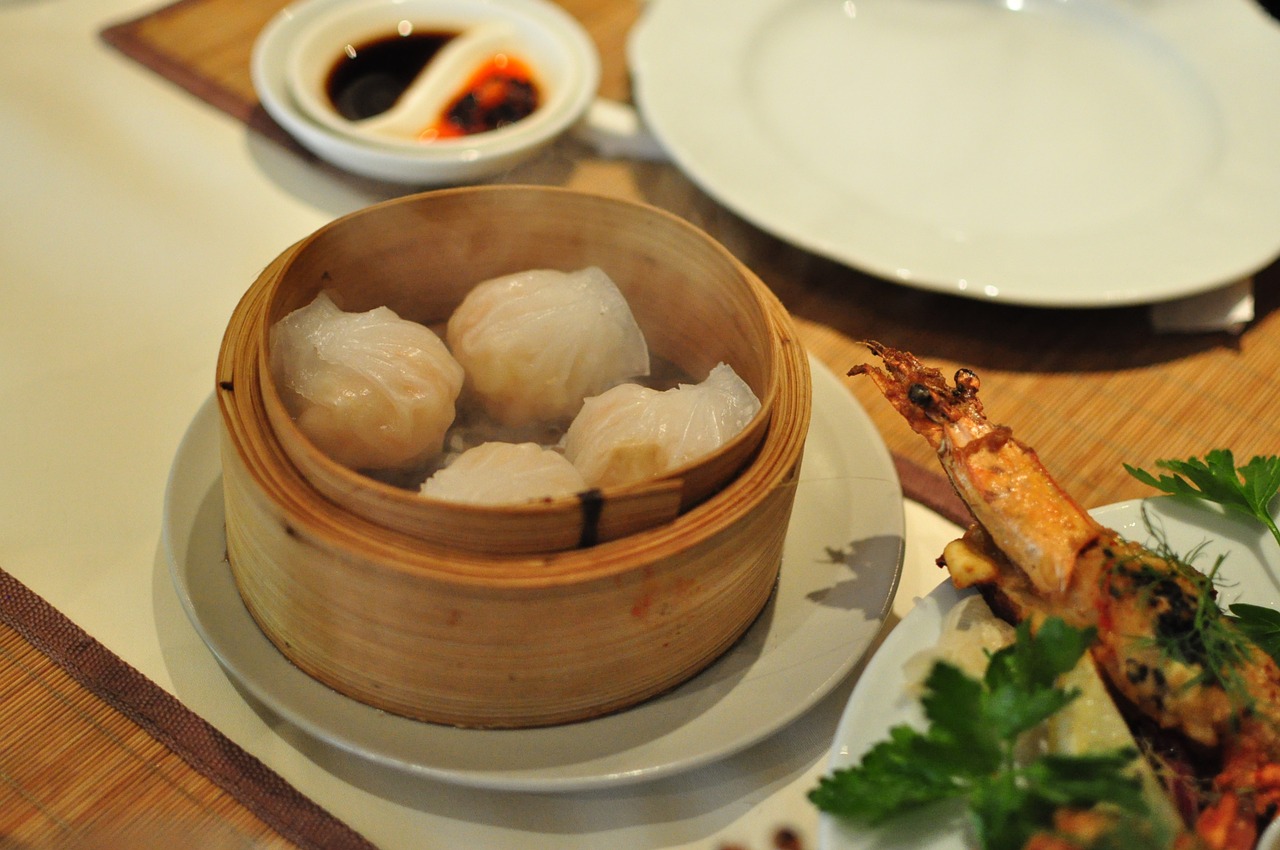
Additional Information
- Per serving this recipe has 140 calories, 10 g of carbohydrates, 4 g of fat, and 11 g of protein.
- This recipe makes about 30 dumplings.
- Preparation and cooking time for these steamed shrimp dumplings is 1 and a half hours.
- Dumplings are believed to have originated more than 1,800 years ago in the Eastern Han Dynasty. A man named Zhang Zhongjing, according to tradition, noticed that many people’s ears were frostbitten in the winter. The first dumplings he produced were packed with mutton, chili, and herbs to help warm them in the cold months.
Conclusion
Chinese dumplings are one of the most important foods in every Asian cuisine. The main influences in Hong Kong cuisine are Cantonese cuisine, European cuisine, and non-Cantonese Chinese cuisine, as well as Japanese, Korean, and Southeast Asian cuisine. For more international recipes, click here.
Featured Image: @scarlet.yung / Instagram, @asiatrend / Instagram



